What is a cap and what is a hat?
Very often hats are confused with caps and vice versa. I often get to call a hat for a hat, a cap for a cap, but also allow a hat for a cap, and say cap to a hat! Thus reinforcing the cluttered relationship between a living language contrary to the professional terms of the industry. However, when explaining why Wilgart is the last capmaker up North in Scandinavia, then the distinction between hatmakers and capmakers comes sharply worded, just like my master Herr Bullmann used to say it.
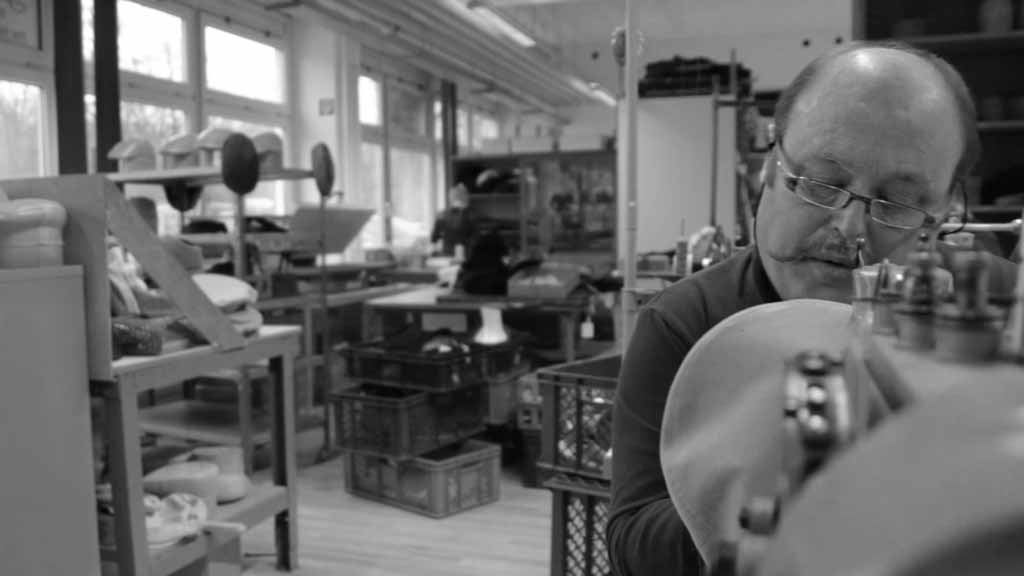
“Wir sind Mützenmacher”
We are capmakers, he explains me. Everything we make is from woven materials, cut by a tailor’s scissor and sewn together on a sewing machine. Hatmakers, they work mostly with felt, which is then steamed and pressed into shape. Both categories apply to making headgear, but the artisanship is anything alike.
“Ich bin ein Mützenmacher” Herr Bullmann said to his apprentice, with a severe voice pitch and sincere pride. And from that day, Wilgart understood the distinction.

Danish milliners society
Being a capmaker myself, this divide has proven very handy. First, I get to call myself the last capmaker in the North, which is true since I don’t know anybody else here specialized in cap headgear. In addition, I get to meet with a creative and inspiring little community of hatmakers and milliners in Copenhagen: Danish milliners and hatmakers where the exclusiveness of my craftsmanship gives me a special status from the rest of the group. A position with inbound privileges and drawbacks.
Some of the great milliners in Copenhagen are experimenting with capmaking, and therefore have a couple of caps in their portfolio. However, when looking at the process and methods used to making those pieces, I get the feeling inside of not knowing whether to laugh or cry. Not meant in a taunting way, but the workarounds when making those, de facto beautiful and admirable headpieces, just have so much of a DIY (Do-it-yourself) feeling to them. Which in the end proves that humans – and hatters in particular – are very creative and skilled people, able to work out finished goods in areas that detours their original craft.
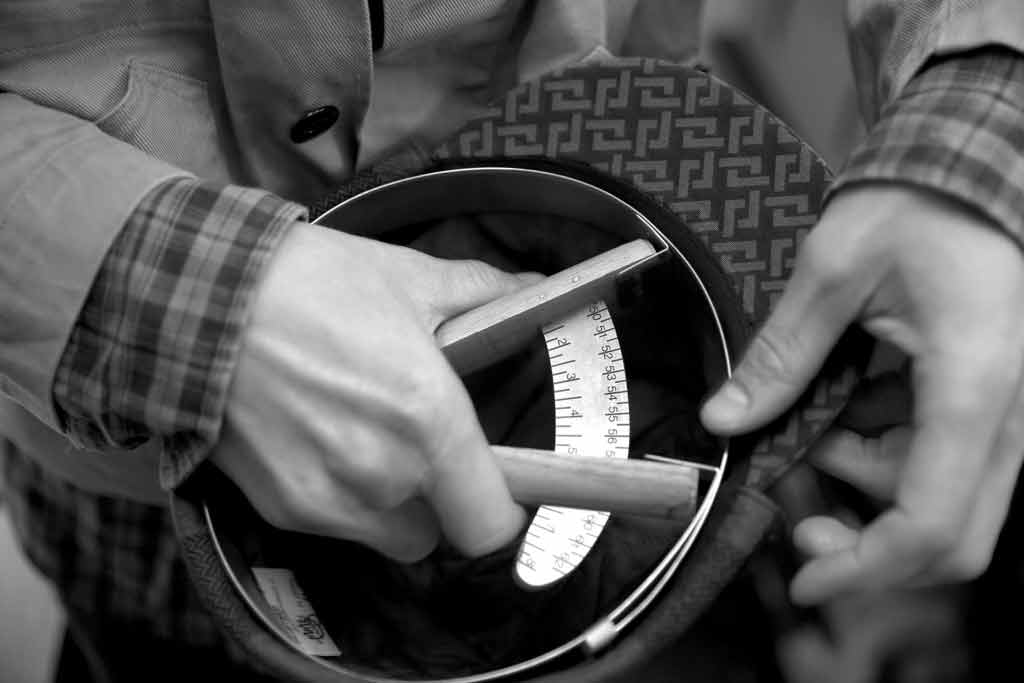
My perspective
I always try to spread knowledge of the working methods I experienced through my apprenticeship at the small batch manufacturing workshop in Germany where Herr Bullmann taught me cap making. In doing so, most members of the hatmaker-group who discover these insights, explain some of the frustration experienced in the cumbersome process they went through when making caps. Sharing this knowledge about an old craft like capmaking keeps the craft alive and maintains a specific know-how from getting lost in history. Simultaneously, I believe there could be a lot more capmakers up and running, and if you´re eager to learn an old craft, then let me know prompt! I might consider getting an apprentice myself. When thinking about my masters’ stern speech about capmakers vs. hatmakers I can extract one essential overall message, which is:
Good capmakers are awesome. Let us be more!







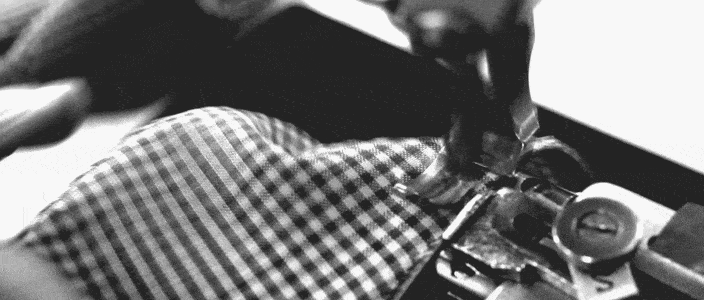

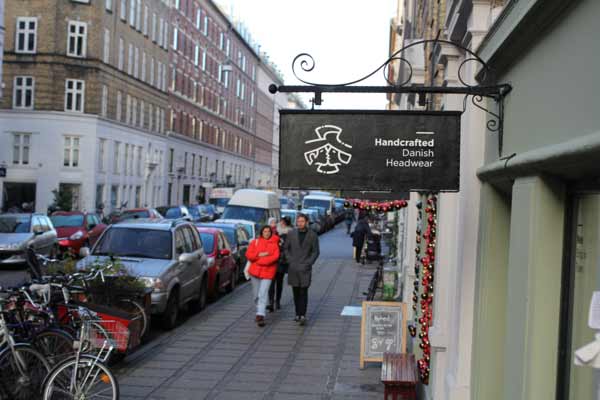
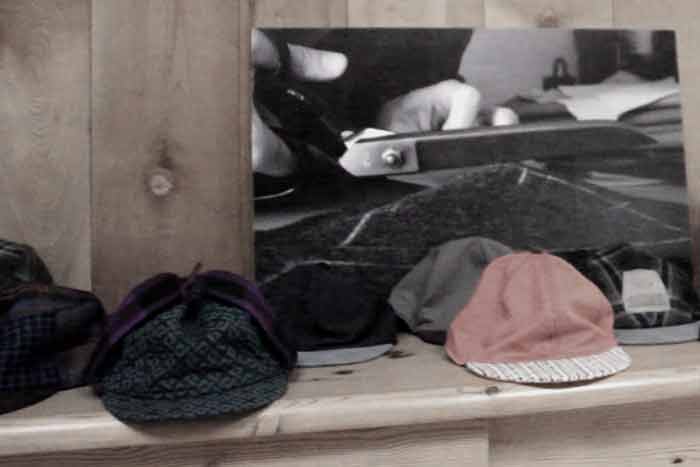
I only learned today my great-grandfather was a capmaker. It’s listed over and over on the different census forms he filled out. You can sense the pride. Thank you for this explanation!
How great! Thanks for the feedback. If you have any old photos of him in his workshop or studio, we are very interested if you like to share them with us.
Old traditional capmaking is not very common these days…
🙂